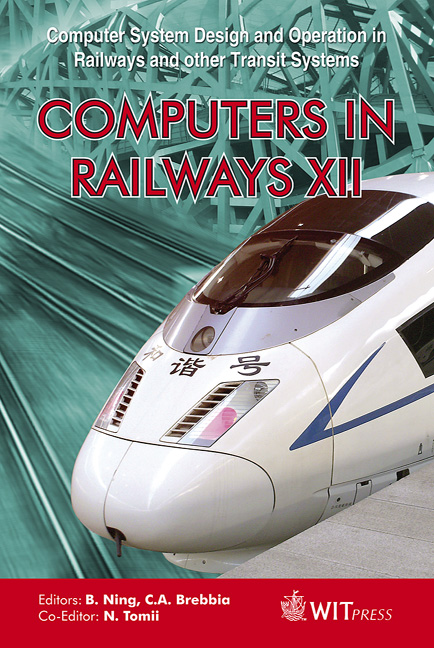Application And Perspectives For Interoperable Systems In Italy And Europe
Price
Free (open access)
Transaction
Volume
114
Pages
10
Page Range
537 - 546
Published
2010
Size
528 kb
Paper DOI
10.2495/CR100501
Copyright
WIT Press
Author(s)
R. Bozzo, R. Genova & F. Ballini
Abstract
A rapid transit system represents one of the main growth areas of the railway business developed to solve the enhanced mobility request. New solutions have been applied in order to simplify and to improve public transport services, without changing trains and providing a fast, direct link from the city to the outskirts. The solutions are interoperable transport systems (like \“light rail” very similar to the \“Stadtbahn” approach, \“tram-train” and \“train-tram”). The \“tram-train” concept indicates vehicles which operate on railway lines in suburban areas, but that are also able to work on a tramway net to supply a capillary service in the urban area. In central Europe a few cities have planned different tram-train solutions: Karlsruhe, Saarbrücken, Chemnitz and Kassel realised the \“heavy” model (train performances and technical standards similar to railway rolling stock). Other cities choose \“light” systems, adopting vehicles more similar to the tramway design (Nordhausen, Zürich, Vienna, etc.). The tram-train represents the missing link between urban tramway and railway systems, whose transport capability depends only on how the infrastructures are used (railway or tramway nets). Another non conventional and lower cost model is the \“Stadtbahn” which have diverted in-town sections of their system underground; in some of these cases, tunnels have been built to accommodate full metro trains if desired (Stuttgart, Frankfurt a/M, Bochum, Köln, etc.). In Italy \“metrotranvia” lines are to be found in Milan and Turin, based on the light rail model: in Turin the rolling stock have been built with peculiar characteristics (floor height 550 mm for boarding at platform level). Other interesting Italian interoperable systems are the \“Tram delle Valli” in Bergamo
Keywords
local public transport, interoperable systems, economic impacts





